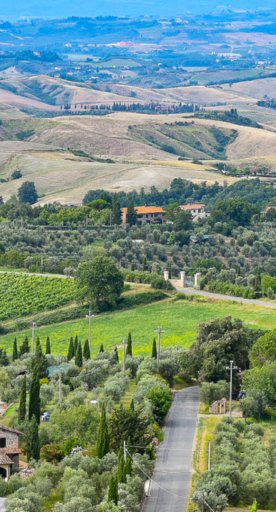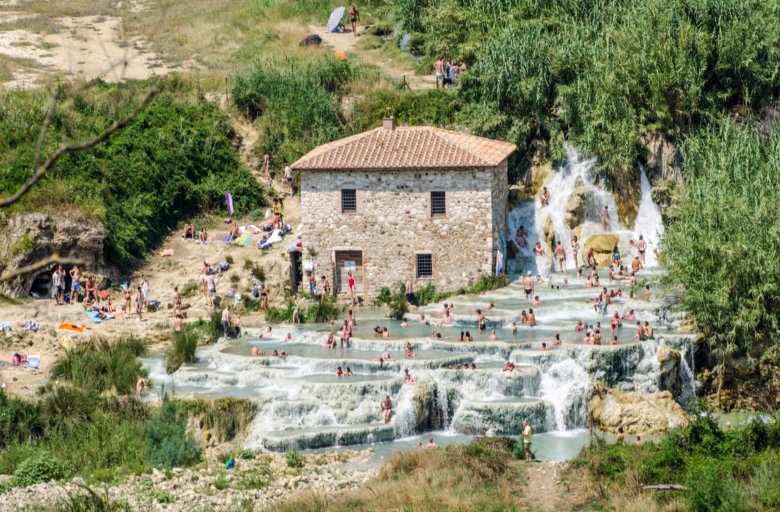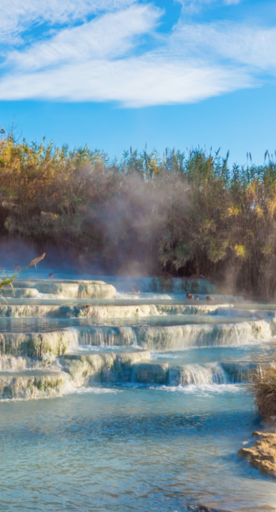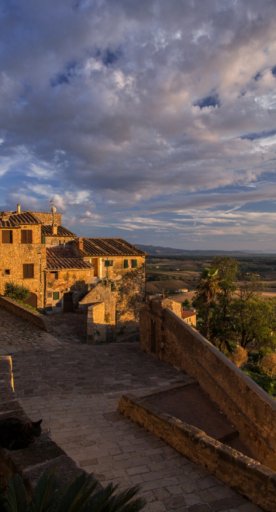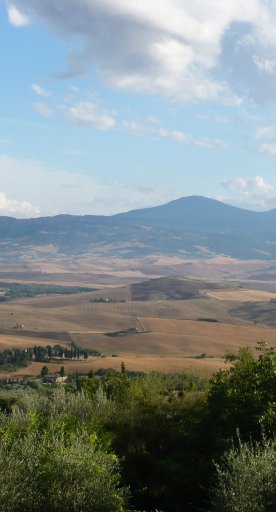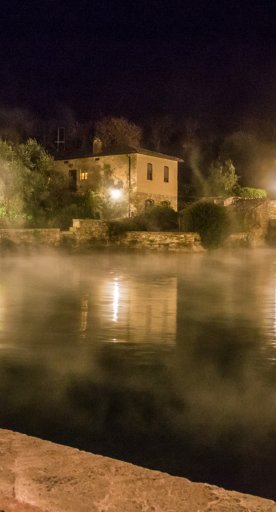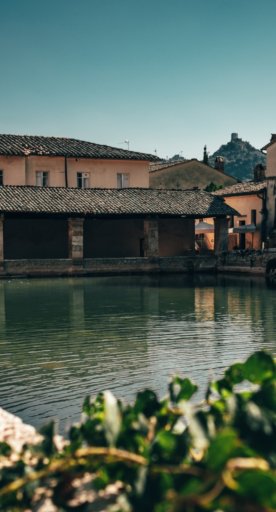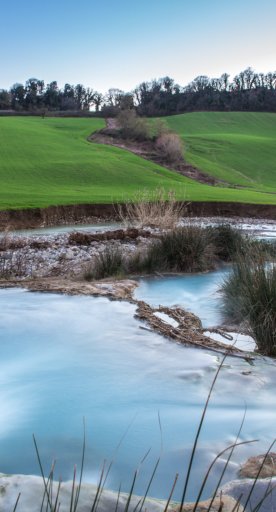

What to see in Bagni di Lucca
Hot springs, villages and all the things you should know
In northern Tuscany, less than 30 kilometres from Lucca, there’s a group of about 25 villages in the Lima Valley that goes under the name of Bagni di Lucca. This area is close to the Garfagnana and it’s famous especially for its hot springs known since Etruscan and Roman times (as the name suggests, Bagni di Lucca means Baths of Lucca).
-
1.Hot Springs
-
2.in the surrounding
-
3.The ghost town of Lucchio
-
4.How to reach Bagni di Lucca
Hot Springs

The hot springs of Bagni di Lucca became famous thanks to the Countess Matilde di Canossa in the twelfth century, and then developed into one of the leading health spas in Europe, an elite destination for European tourism. The English people - who first discovered Bagni di Lucca and the therapeutical properties of its thermal waters - used to call this area the “Swiss Tuscany”.
Bagni di Lucca and its thermal baths reached their peak during the 19th century, when the town became the summer residence of Elisa Baciocchi, the sister of Napoleon Bonaparte. Over the years, many notable cultural figures stayed here: the poets Byron, Shelley, Lever, Giusti, Monti, Carducci, Pascoli, Montale; the writer Dumas; the musicians Strauss, Listz and Paganini, Puccini, Mascagni; politicians and rulers such as Queen Margaret, D'Azeglio, Galeazzo Ciano and also members of the clergy. Still today, the spa waters are used for good health and special treatments.
in the surrounding

Each village in the Bagni di Lucca area has something to offer to its visitors. It’s a perfect spot where to see the authentic Italian lifestyle away from the crowds of the big cities. In Ponte a Serraglio, the first casino in Europe was built in 1837. After many years of closure, the casino was renovated and then reopened in 2009. The hamlet of Ponte a Serraglio is perhaps the most picturesque of the villages along the river: it also has a pedestrian bridge (“passerella” in Italian) across the Lima River to Villa Fiori.
In San Cassiano di Controni there is a notable rural parish church built in 722, where the painting "St. Martin Riding" by Jacopo della Quercia is conserved, as well as others dating back to the Renaissance. In this town there is also a memorial (of WWI and WWII) dedicated to war casualties.
Bagni Caldi is an ancient village famous for its thermal baths used by the Romans and later by famous people such as Lord Byron, Eugenio Montale and Henry James. There are two natural steam caves: the “Great Cave” (Grotta Grande) and the smaller “Grotta Paolina”, named in honor of Napoleon’s sister. The waters are considered useful for the treatment of rheumatic complaints and stress. A popular legend has it that there’s a volcano under Bagni Caldi (literally meaning Hot Baths) and the nearby Ponte a Serraglio.

Fornoli is located in the plain along the river Lima, near the confluence with the Serchio River, where you can find the train station (see below “How to reach Bagni di Lucca”). The origins of the hamlet are ancient, since it is mentioned in a document of 776. Here you can admire the Ponte delle Catene (Chains Bridge), a work by the architect Lorenzo Nottolini that crosses the Lima river and connects the hamlet with Chifenti (Borgo a Mozzano). Another monument is the parish church of San Pietro.
La Villa can be considered the commercial centre of Bagni di Lucca. Here you can also find the Villa Ada, with its beautiful park where the pools were recently restored. Now the building is the headquarters of the Italian Red Cross and it’s also where the Italian Scout Movement began.
Montefegatesi is about 15 km from Bagni di Lucca and is situated at 850 metres above sea level. It is an ancient medieval village that belonged to the Duchy of Modena and a summer destination for tourism, attracting visitors from overseas in particular. Worthy of note is the parish church, dating to the eighteenth century and dedicated to Saint Frediano. Here's also a statue of Dante Alighieri, created by the sculptor Francesco Petroni and placed in a small square overlooking the village, bearing witness to the local passage of the illustrious poet.
The ghost town of Lucchio

Add a pitch of adventure to your trip to Bagni di Lucca and visit Lucchio, about 18 km after Bagni di Lucca. The village is perched on a rock and seems embedded in it. Lucchio is a connection of small, steep streets, passable only on foot, a factor that has probably contributed to its partial abandonment. In the village you will find many people, an ancient fountain, while there are practically no remains of the castle, built directly on the rock.
How to reach Bagni di Lucca

If you want to reach Bagni di Lucca from Lucca, you should follow the winding road skirting the Serchio river in a valley dotted with small villages and the views of the Apuan Alps. Stop in Borgo a Mozzano, about 3 kilometres from Bagni di Lucca, where you can admire the gorgeous Ponte della Maddelena, also known as the Devil’s Bridge.
The easiest way to reach Bagni di Lucca is by car. If you have sat-nav and you want to reach the centre, type in La Villa, which is the administrative centre. You should also know that, along with Fornoli and Ponte a Serraglio, La Villa is situated beside the Lima River, while all other villages are scattered on the mountains on either side of the river.
You can also arrive in Bagni di Lucca by bus from Lucca, a 45 minutes trip operated by Lazzi.
Otherwise there is a train from Lucca to Bagni di Lucca, but be sure to get off at the right stop as the final destination of the train is Piazza al Serchio or Aulla. The journey is around 25 minutes and then you can take a bus to Fornoli, Ponte a Serraglio and La Villa or walk for approximately 1 kilometre.
Info: Bagni di Lucca Turismo

